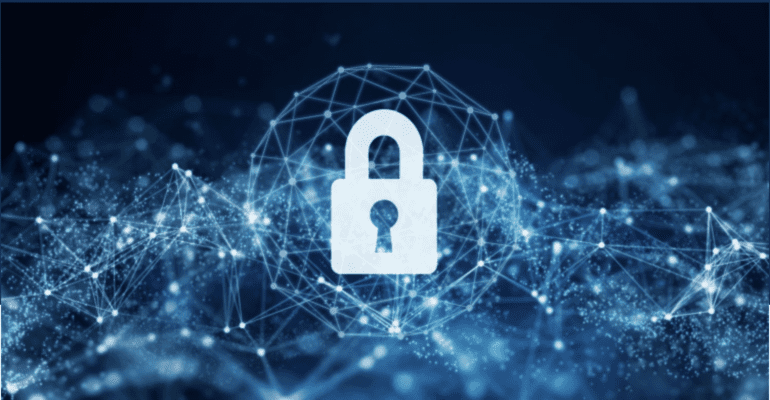TL;DR:
- The use of AI and ML tools in cybersecurity is rapidly expanding, driven by targeted automation attacks and state-sponsored infiltrations.
- Malware and phishing attacks will remain prominent, with threat actors developing and commercializing ‘as a service’ attacks.
- Australia exhibits good levels of cyber maturity, but a single compromise can still lead to a breach.
- Virtual incursions are projected to cause $16 trillion in annual damage to the global economy by 2025, necessitating increased cybersecurity investment.
- Many Australian company boards lack proactive cybersecurity understanding, resulting in insufficient resource allocation.
- Engaging cybersecurity experts like Sophos as a service can provide comprehensive threat monitoring and timely defense.
- A multi-layered approach and early detection are crucial in mitigating cyber threats.
- The race between attackers and defenders will continue to escalate, emphasizing the need for proactive monitoring to minimize consequences.
Main AI News:
Machine learning and artificial intelligence (AI) tools have become integral in the realm of cybersecurity, playing a pivotal role in both defensive and offensive operations. According to Tim Dillon, the director of Tech Research Asia, the use of these advanced technologies will continue to surge alongside the rise of targeted automation attacks, state-sponsored infiltrations, and other malicious activities. Threat actors are actively developing and commercializing “as a service” attacks and capabilities, which are subsequently sold to third-party attackers.
This trend will likely amplify the prominence of malware and phishing attacks, making them even more pervasive in the digital landscape. Dillon, who also founded a boutique consulting and advisory firm specializing in technology trends across the Asia Pacific, emphasizes that Australia possesses commendable levels of cyber maturity. Australian firms demonstrate a strong focus on cybersecurity and exhibit a high level of awareness regarding associated risks.
MIT’s recently published inaugural Cyber Defence Index sheds light on Australia’s commendable digital security preparedness when compared to other countries in the region. Out of the world’s 20 largest and most technologically progressive economies, Australia secured the top spot in the index. Despite this positive recognition, Dillon cautions that Australia’s growing maturity does not guarantee absolute immunity from cyber threats. The occurrence of a breach still remains possible, as it takes just one compromised credential, a single malicious employee, or a supply chain error to compromise an organization’s security. Dillon underscores the reality that threat actors need to be fortunate only once, whereas defenders must maintain constant vigilance and accuracy to protect against attacks.
The magnitude of the escalating cyber threat landscape becomes apparent when considering a recent report by global consultancy firm McKinsey. It projects that virtual incursions are on track to inflict nearly $16 trillion in annual damages on the global economy by 2025, representing a threefold increase from 2015 levels. In response to this alarming trend, organizations worldwide allocated approximately $150 billion to cybersecurity in 2021, with a projected annual growth rate of 12.4 percent. However, experts argue that this level of investment might not be sufficient, as threat volumes are anticipated to rise exponentially in the coming years.
Andrew Goodlace, the regional director of global cybersecurity innovator Sophos, emphasizes the imperative for organizations to adopt a proactive stance in managing cyber risks. Unfortunately, many Australian company boards lack a proactive approach, as indicated by Sophos’ whitepaper titled “The Future of Cybersecurity in Asia Pacific and Japan.” The whitepaper reveals that only four out of ten cybersecurity professionals believe their boards possess a genuine understanding of cybersecurity. This lack of understanding often leads to inadequate resource allocation and insufficient funding for cybersecurity initiatives.
Considering the growing complexity and rapid evolution of cyber threats, organizations face significant challenges in managing cybersecurity independently. Goodlace asserts that attempting to build an in-house capability from scratch may prove costly and ineffective. Instead, he recommends engaging cybersecurity experts like Sophos to provide cybersecurity as a service.
By entrusting their security to an organization that specializes in the field, businesses can ensure comprehensive monitoring of their threat environment. Sophos’ round-the-clock, year-round surveillance ensures that emerging technologies and new tactics employed by threat actors are promptly detected, defended against, and mitigated. This approach enables businesses to proactively respond to attacks, protecting their critical assets and data.
Goodlace employs an analogy to illustrate the importance of a multi-layered approach to cyber threat mitigation. He compares it to securing a house: “You can lock the door, but if you leave a window open, the burglars will get in through the window.” To fortify defenses, critical assets and data should be securely stored and safeguarded in an impenetrable manner.
With attacker dwell times decreasing and the need for swift detection intensifying, organizations that implement layered defenses coupled with constant monitoring witness better outcomes in terms of attack severity. As a result, adversaries are compelled to expedite their attacks, leading to a perpetual escalation in the race between attackers and defenders. Those without proactive monitoring capabilities face the gravest consequences, making it imperative to prioritize early detection as a critical component of an effective cybersecurity strategy.
Conclusion:
The growing reliance on AI and ML in cybersecurity, coupled with the increasing sophistication of threats, presents significant opportunities and challenges in the market. Organizations should prioritize proactive management of cyber risks, leveraging specialized expertise and services to stay ahead of evolving attack tactics. Increased investment in cybersecurity, particularly in early detection and layered defense strategies, will be crucial to mitigating the escalating impact of cyber threats on the global economy.

